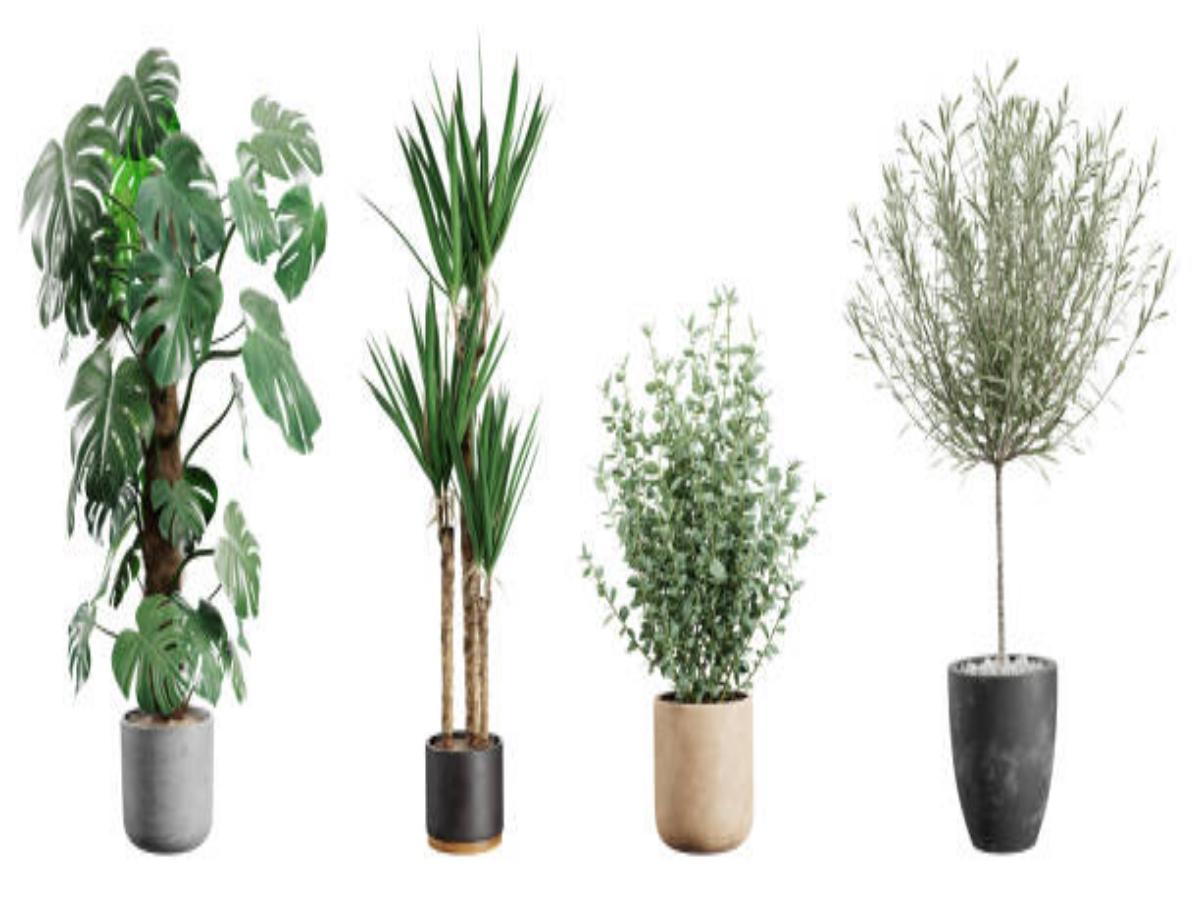Are terracotta pots better for plants?
When it comes to choosing the right pots for your plants, there are numerous options available in the market. From plastic to ceramic, the choices can be overwhelming. However, one type of pot that has stood the test of time and continues to be popular among gardeners is the terracotta pot. But are terracotta pots really better for plants? Let's explore the various aspects of using terracotta pots and their impact on plant health.
The Benefits of Terracotta Pots
Terracotta pots have been used for centuries and for good reason. These pots are made from a porous clay material that offers several advantages for plant growth and health.
1. Superior Drainage
One of the key benefits of terracotta pots is their excellent drainage capabilities. The porous nature of the clay allows excess water to evaporate through the pot's walls, preventing waterlogging and root rot. This is particularly important for plants that are sensitive to overwatering.
2. Breathability
Terracotta pots provide a breathable environment for plant roots. The porous clay allows air to circulate around the roots, preventing them from becoming suffocated. This promotes healthy root development and enhances overall plant growth.
3. Natural Insulation
The clay material used in terracotta pots acts as a natural insulator, helping to regulate soil temperature. This can be especially beneficial in hot climates, as it prevents the soil from overheating and damaging the plant's roots.
4. Stability
Due to their weight and sturdiness, terracotta pots offer excellent stability for plants. This is especially important for taller or top-heavy plants that may be prone to tipping over in lighter pots. The stability of terracotta pots ensures that your plants remain secure and upright.
Considerations When Using Terracotta Pots
While terracotta pots have numerous benefits, there are a few considerations to keep in mind when using them for your plants.
1. Watering Frequency
The porous nature of terracotta pots means that they tend to dry out faster than other types of pots. As a result, you may need to water your plants more frequently, especially during hot and dry weather conditions. Regular monitoring of soil moisture is essential to ensure your plants receive adequate hydration.
2. Susceptibility to Freezing
During freezing temperatures, terracotta pots can be susceptible to cracking or breaking due to the expansion of water within the pores of the clay. If you live in a region with harsh winters, it is advisable to bring your terracotta pots indoors or protect them from extreme cold.
3. Staining
Terracotta pots can develop stains over time, particularly if they are used to grow plants that release sap or have colorful flowers. These stains can be difficult to remove and may affect the aesthetic appeal of the pots. Regular cleaning and maintenance can help mitigate this issue.
4. Weight
While the weight of terracotta pots provides stability, it can also make them cumbersome to move around, especially when they are filled with soil and plants. Consider the practicality of the pot's weight, particularly if you plan on repositioning your plants frequently.
Conclusion
Are terracotta pots better for plants? The answer is a resounding yes. With their superior drainage, breathability, natural insulation, and stability, terracotta pots provide numerous benefits for plant health. However, they do require more frequent watering, may be susceptible to freezing in colder climates, can develop stains, and are heavier to move. By considering these factors, you can make an informed decision on whether terracotta pots are the right choice for your plants.

